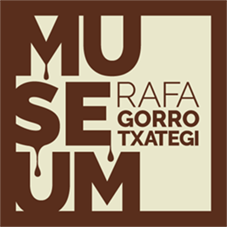

Rafa Gorrotxategi is the third generation of the Gorrotxategi Family. He worked with his father Jose Mari Gorrotxategi and trained in highly prestigious confectioneries, in which are three of the best in Pastry and Chocolate in the world: Antonio Escribá (El Mago del Chocolate) in Barcelona, Robert Linxe from the Maison du Chocolat in Paris and Pastelería Totel by Paco Torreblanca in Elda (Alicant).
In love with chocolate and its history, for more than 30 years he has been acquiring a spectacular collection of furniture, which he now shows us in his chocolate museum.
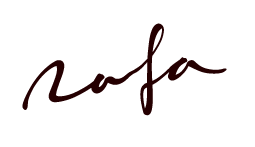
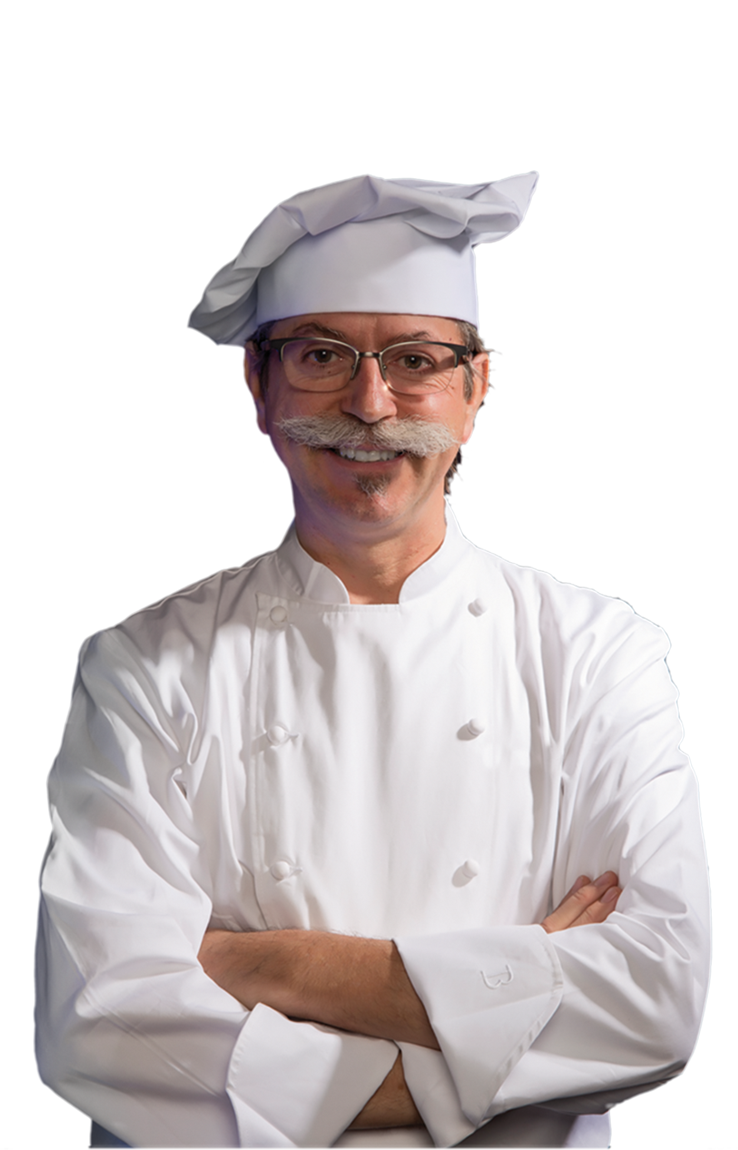
This fabulous museum offers a tour of the historical evolution of chocolate production. A history that dates back more than five centuries. During the visit you can discover stone for grinding and all kinds of primitive tools, some of them pre-Columbian.
As a special corner, the reconditioned workshop of Juan Ignacio Garmendia stands out, one of the first electrical workshops in the Basque Country. The visit ends with the viewing of the documentary 'Txokolatea' in a space attached to the museum where workshops, tastings and chocolate tastings are held.

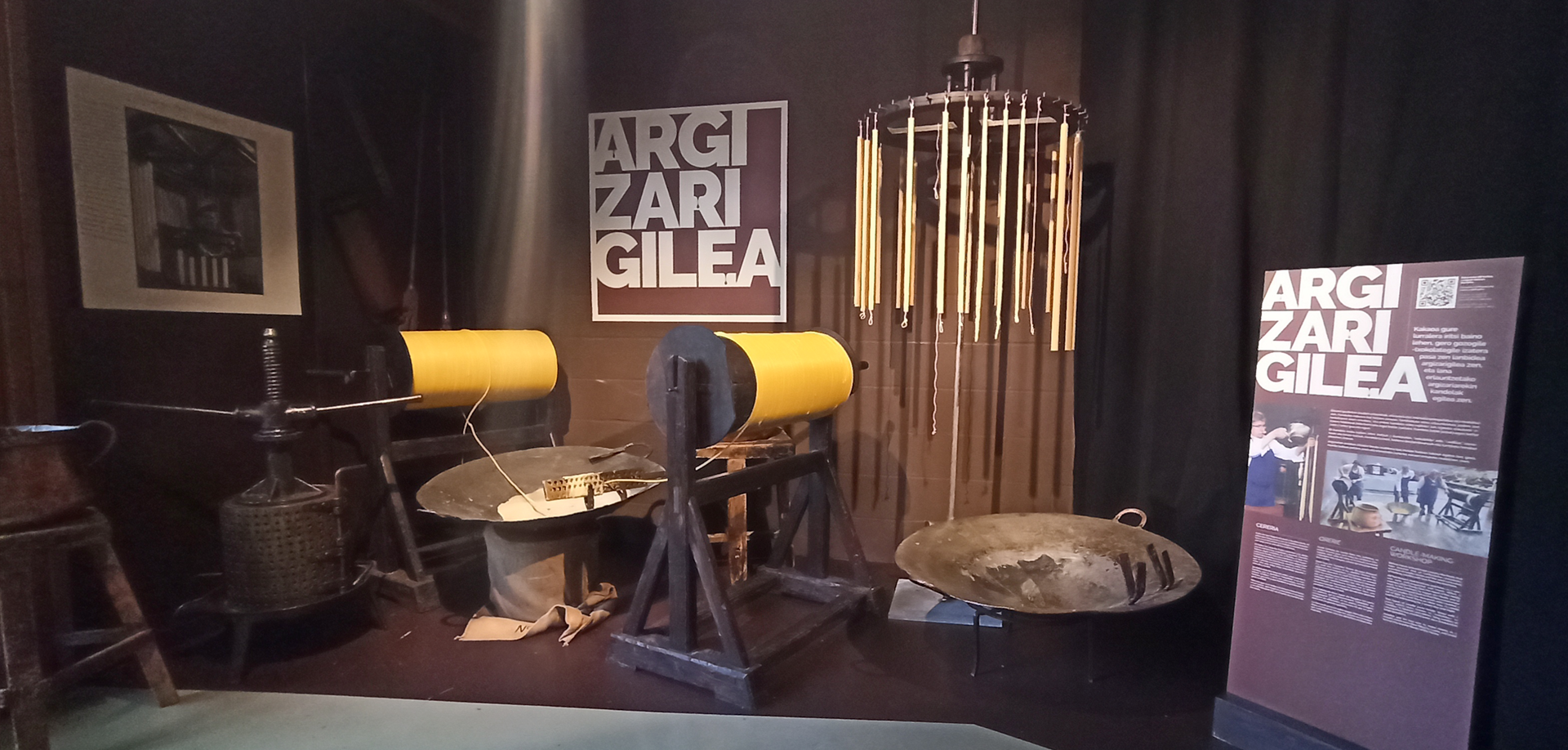
Rafa Gorrotxategi Museum
Before cocoa arrived in our land, the job that later became in a confectioner-
chocolatier was a chandler. This job consisted of making candles with the wax from the beehives.
In all the hamlets there were beehives and the bee was a highly respected and loved animal. When a member of the family died, the head of the family went to the hives to report the death and the bees were asked to work hard to make many candles because the deceased needed light for the new path. A candle had to be light up for 2 years day and night.
If you want to know more… VISIT US!!
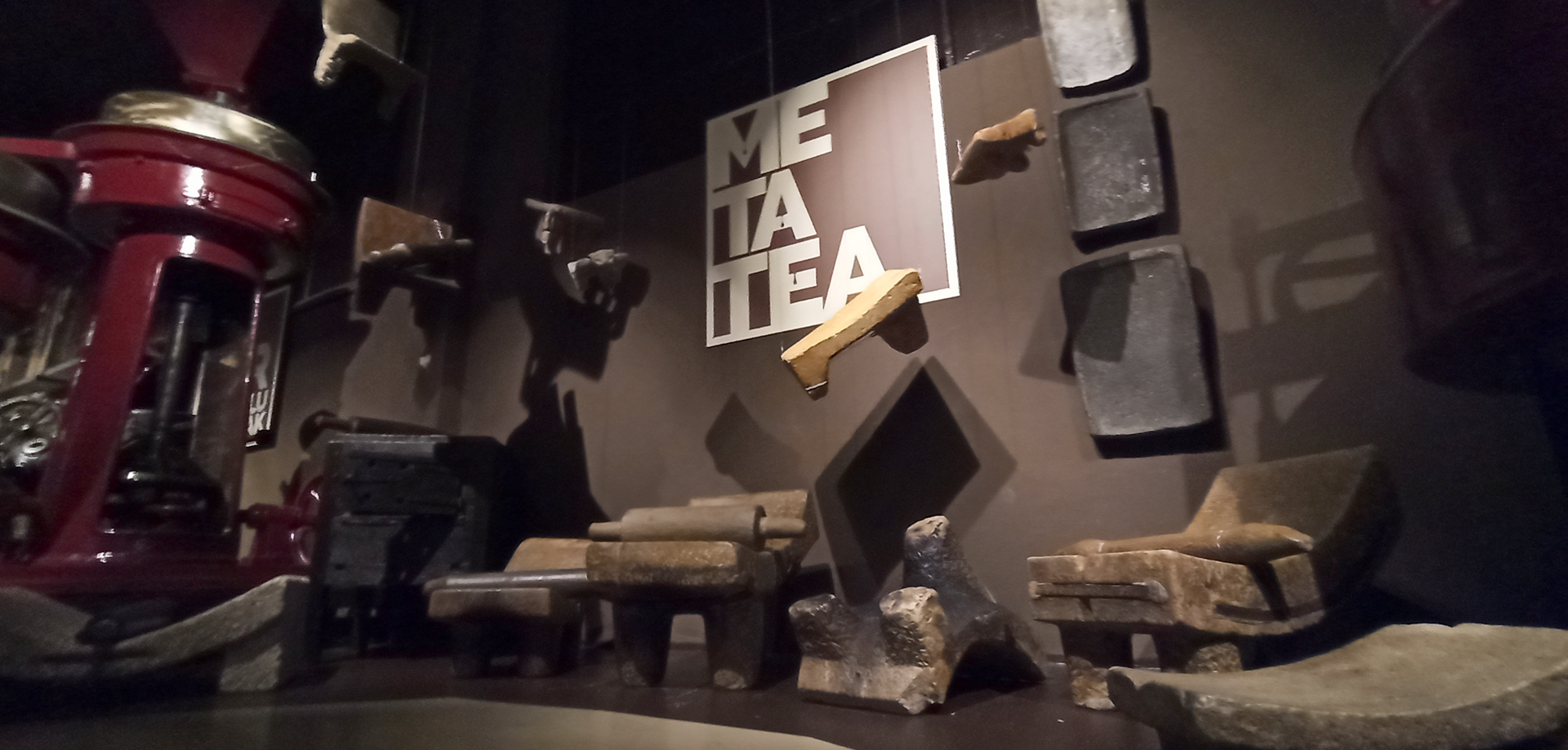
Rafa Gorrotxategi Museum
Its name comes from the Nahuath “metlatl”, which means “grinding stone”. It is a piece of stone, often of volcanic origin, that consists of two parts: one is rectangular in shape with three or four legs (although there are also some without legs) and the other is cylindrical, like a roller, “metla pilli” ( hand).
It was used to grind food, cocoa, cereals, corn, seeds, etc. even to grind and prepare clay.
If you want to know more… VISIT US!!
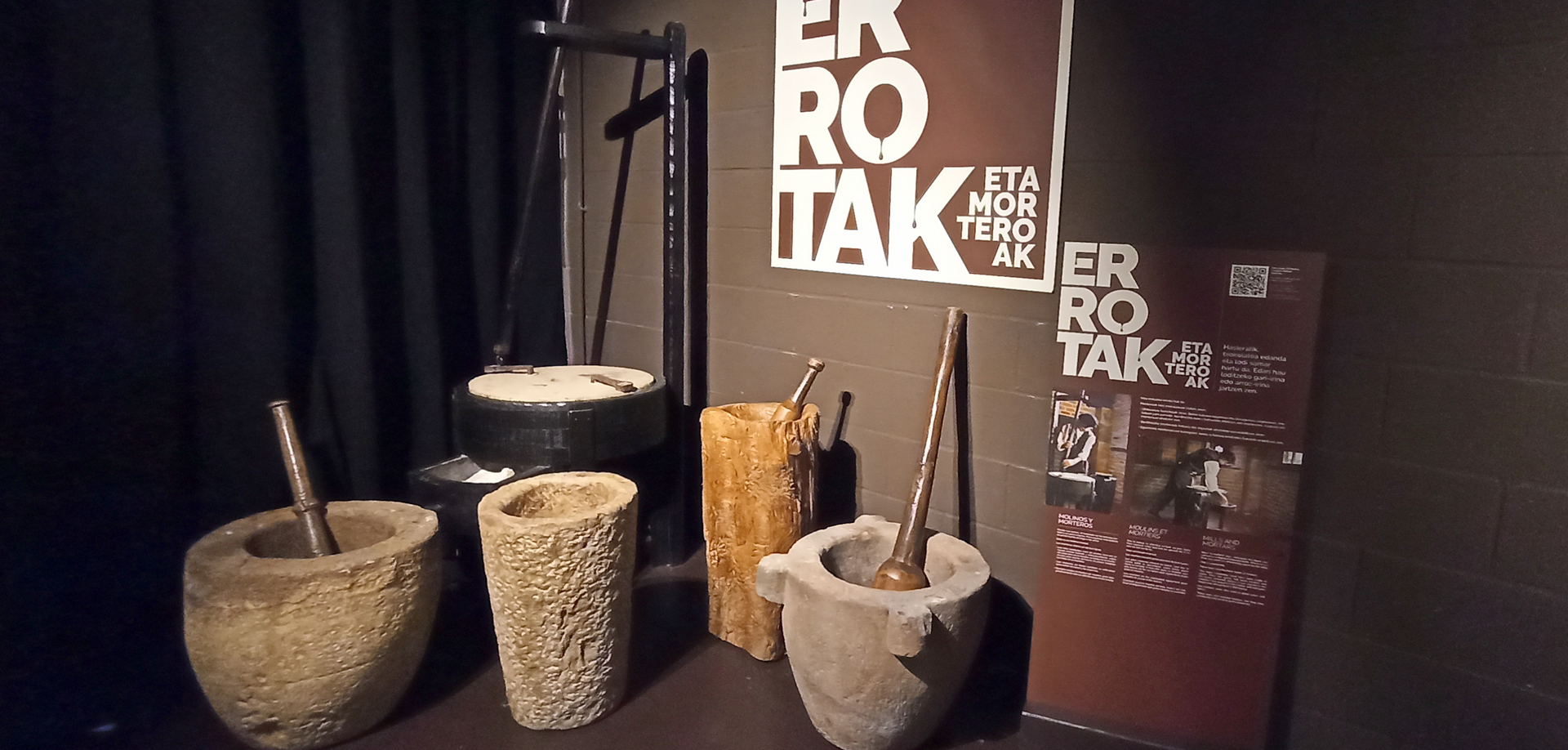
Rafa Gorrotxategi Museum
Since its inception, chocolate has been drunk and a little thick. To thicken this drink, wheat or rice flour was added. This is a manual mill.
Mortars used to be of three types:
• The most common were made of stone. Once the cocoa was roasted and hulled, before placing it in the metate, it was ground in the mortar with iron bars. Sugar was also ground in the mortar.
• Iron mortars were also used to grind cocoa and spices.
• There was also the wooden mortar, but this was practically only used to grind cinnamon.
If you want to know more… VISIT US!!
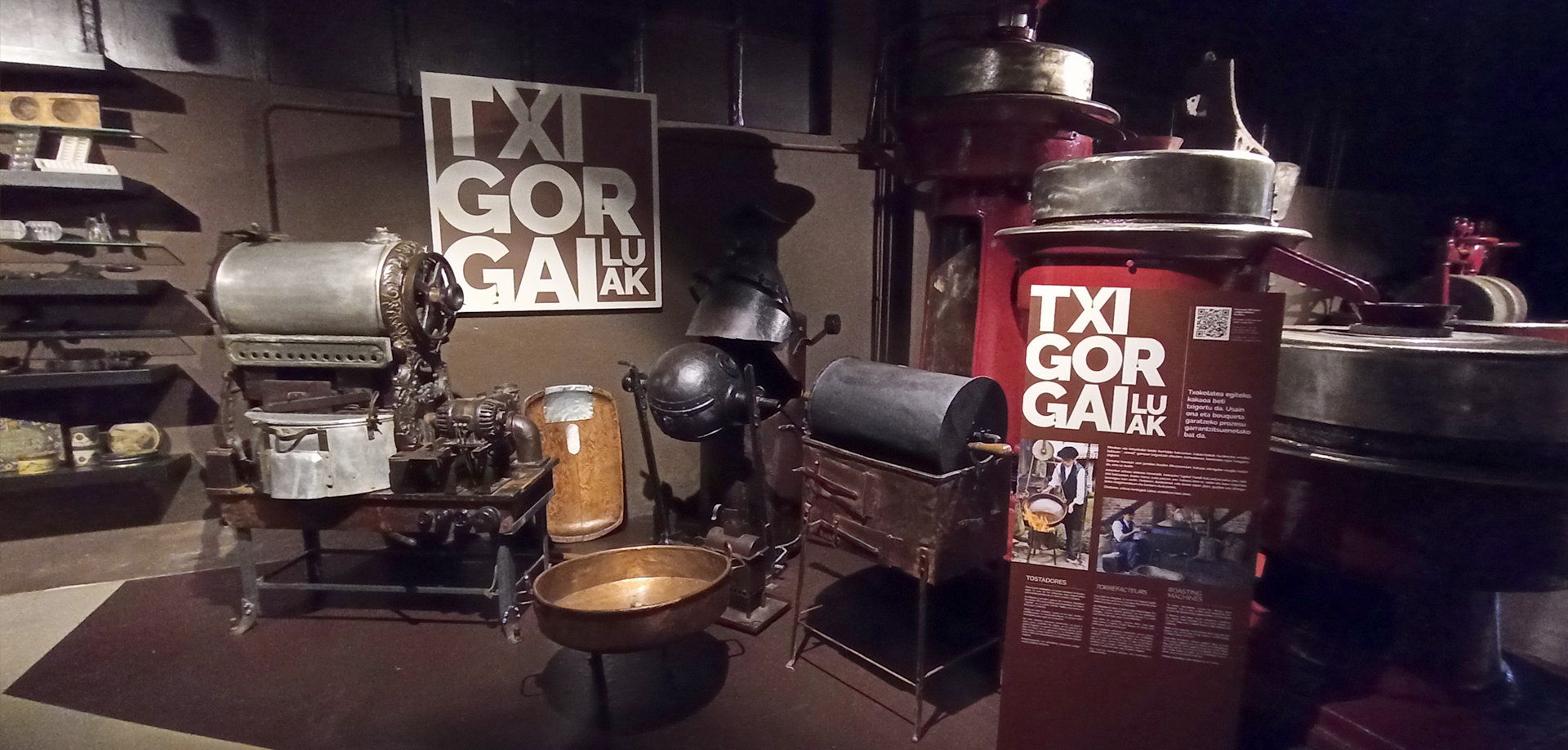
Rafa Gorrotxategi Museum
To make chocolate, cocoa has always been roasted. It is one of the most important processes for the development of a good aroma and bouquet. In Mexico and other American countries, they roasted cocoa beans on clay trays, “comal”; at its bottom there was a wood ember for heating.
In this system and in the ones that you will see below, it is necessary to move the cocoa continuously so that it does not burn.
If you want to know more… VISIT US!!
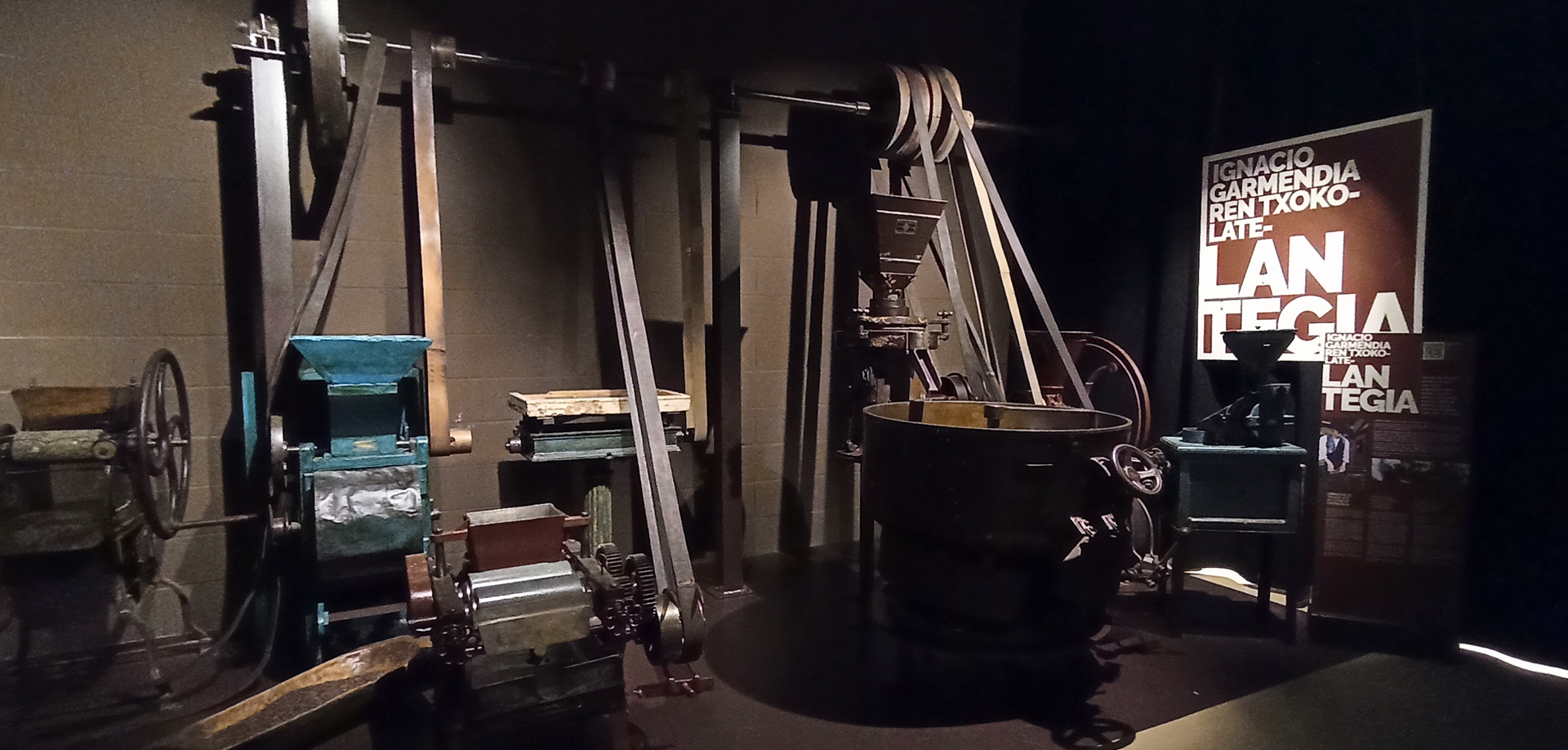
Rafa Gorrotxategi Museum
The Garmendia family was originally from Abaltzisketa. They began working with txokolate in 1880, with an artisanal and manual system. In 1920 they started it electrically. It was a modern and well-prepared workshop for that time.
The production began with a modern roaster, brought from Barcelona, in which, in the same piece, the cocoa was roasted and, through an internal system, it fell to the bottom where it was shaken and cooled with air. Next, this cocoa was passed to the electric huller, which proceeded to cut and separate the skin. Once these cocoa nibs were cleaned of skin, they went to the mill, also electric, which ground the cocoa and it, once liquefied, entered the mixer. In the electric mixer, which was heated with resistors, all the ingredients were mixed: cocoa, sugar, flour and cinnamon.
If you want to know more… VISIT US!!
In his chocolate museum, Rafa Gorrotxategi shows us a wide collection of chocolate makers from America and Europe, wooden grinders, porcelain gourds and mostacheras.
Mortars, large mills and grinders, toasters, bakeries and refiners, moulds, scales and other utensils from private collections or that Rafa Gorrotxategi has acquired over the last thirty years.

During the museum route there are five areas with an information panel in each of them. This panel contains a QR code, through the visitors will be able to view a video in which Rafa explains the machines and utensils that are in said area. At the end of the tour, the documentary TXOKOLATEA will be shown, which tells the history of cocoa and chocolate. Includes a chocolate gift.
DURATION: 50 Min - 1 Hr. Approximately.
PRICES: Adults 4 euros and Children (6-14 years) 2 euros.
The museum is visited by Rafa Gorrotxategi or his son Armintz Gorrotxategi, who will explain to visitors the history of the machines and utensils that are in each of the areas. To finish, the documentary TXOKOLATEA will be screened. At the end of the tour, you can taste hot chocolate.
DURATION: 1 Hr. - 1h15 Min. Approximately.
PRICE: Adults 10 euros and Children (6-14 years) 6 euros.
The visitors will make a series of chocolate crafts (personalized bars with different ingredients, lollipops, chocolate rocks...). Afterwards, you visit the museum with Rafa Gorrotxategi or Armintz Gorrotxategi. To finish, the documentary TXOKOLATEA will be screened.
DURATION: 1Hr.15Min. - 1Hr.30Min. approximately.
PRICES: Adults 20 euros and children (6-14 years) 10 euros.
The tasting is divided into three blocks: The first is the reception in the store and then a documentary is shown on how chocolate was made in the 17th century. Once the documentary is finished, the chocolate tasting begins from the cocoa bean, passing through the three main chocolates to the cocoa butter to see and analyze the difference between them. Finally, a visit to the chocolate museum is carried out by the Gorrotxategi family where you can contemplate the machinery of past centuries and soak up the history of this world.
DURATION: 1Hr.30Min. Approximately.
PRICE: Adults 15 euros and children (6-14 years) 8 euros.
FROM TUESDAY TO FRIDAY |
MONDAY, SATURDAY, SUNDAY AND PUBLIC HOLIDAY DAYS |
|
FREE VISIT |
From 09.00 a.m -14.00 p.m
|
From 09.00 a.m-14.00 p.m |
GUIDED TOUR |
Reservation Hours
|
11.00 a.m or 12.00 p.m |
CHOCOLATE WORKSHOP |
From 9.00 a.m to 14.00 p.m and from 16.00 p.m a 19.00 p.m) |
11.00 a.m or 12.00 p.m |


To make your reservation,
call us at phone: 943 89 03 06
or by email: info@rafagorrotxategi.eus
Polígono Industrial Usabal, 14
20400 TOLOSA
Basque Country
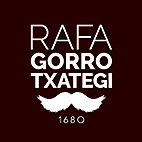
Web creada por: Quod Sail 2021